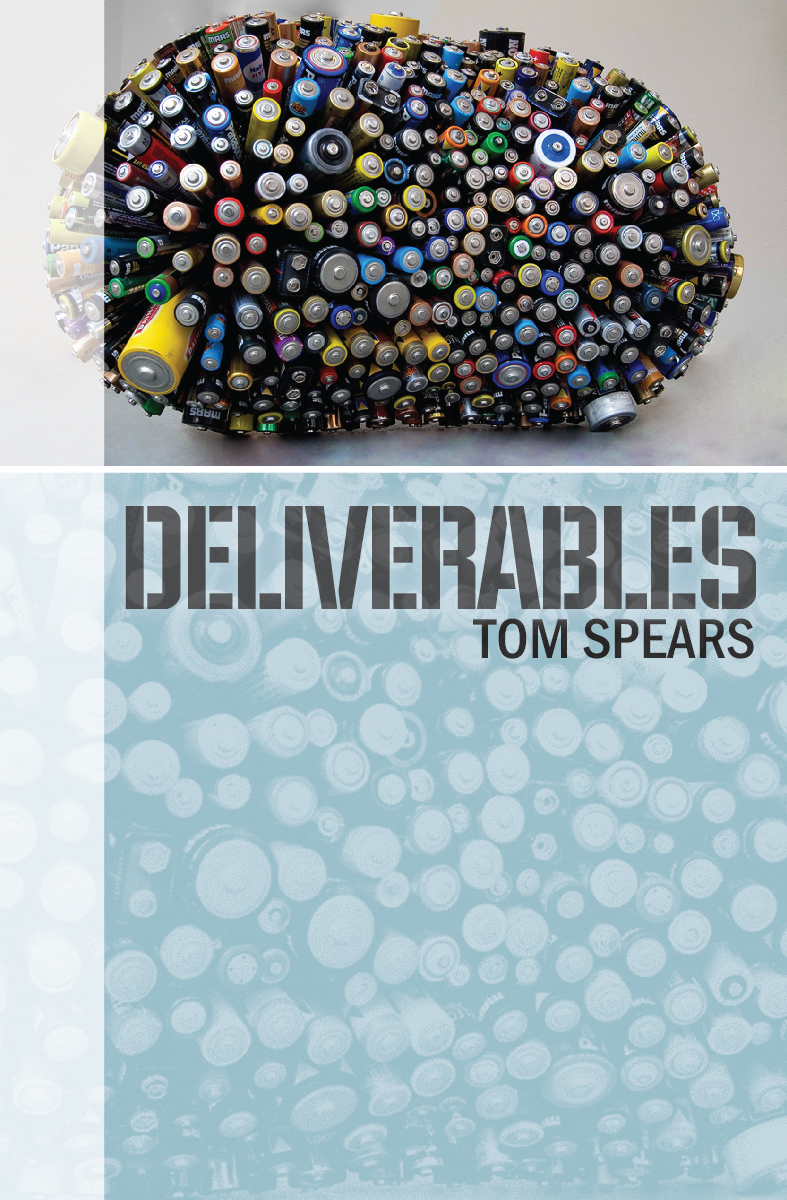What makes a good Strategy?
Perhaps the easiest way to measure this is in the rearview mirror where good=successful. A good strategy is one that wins.
Backward looking evaluations are nice when performing analysis, but not particularly helpful in evaluating a strategy in the process of being implemented. So if, like most managers, you're responsible for developing or implementing strategy in real time, how can you evaluate it?
There are several dimensions that are fairly easy to examine. Is the strategy understandable by those who need to carry it out? Has it taken into account competitive reactions? Is it too complicated to actually work? Do the people charged with implementing, actually have the skills to do so? And so on, and so forth -- strategy books are full of these questions, ones that should have been answered when the strategy was initially launched.
The strategist should have already done their homework along these and other fairly obvious dimensions. Implementers should be thinking these questions through, as well. As an implementer, even though you didn't craft the strategy, you still owe it to yourself to make sure it is workable.
Most of the strategies I've seen over the years do a pretty good job with those dimensions. The area where they seem to get tripped up is in the less-obvious underlying assumptions that often go unnoticed and unexamined, even as information emerges to suggest they are just plain wrong.
For example, imagine launching a strategy to capture a market by making a product design improvement that competitors will have great difficulty matching. This happened to one of my employers not that long ago. When the strategy was developed, there were numerous underlying assumptions about what the "customers" valued -- lower cost, for example. There were also assumptions about what wouldn't matter to them -- a more cluttered-looking design, in this example.
As the project evolved, I discovered the primary customer DID care about appearance. They had to get a series of approvals to use the product, and an "ugly" appearance was much harder for them to sell. I also found out that the primary customer, who did actually prefer a lower cost, was not the specifier of the product. The specifier was much more concerned about keeping control of the old design than offering reduced costs to the primary customer.
When these revelations surfaced, it was a sure sign we needed to rethink our strategy. But most of the times I've seen this type of scenario play out, people stick their heads back in the sand, and hope that their "brilliant" strategy (usually one that someone else developed) will all just "work out". In the above example, we did eventually come to grips with the meaning of mistaken assumptions (six months and hundreds of thousands of dollars later), and pulled the plug on the entire project. In that case the mistaken assumptions were fairly obvious, but that certainly isn't always the case. Sometimes you have to dig deeply and search hard to uproot a killer erroroneous assumption.
The time to re-evaluate your strategy is...now. It should be done on a regular basis throughout it's life. Not just at the beginning. Not just once per year. Both strategists and implementers shouldn't hesitate to challenge, revise, or even drop a strategy that has proven itself to be headed for the ditch. Better dealing with it then, than confronting an even bigger problem further down the track.
Other Recent Posts:
Don't Rely on the Courts
Brilliant Strategy, Bad Execution
A License to Steal
You can't Create a Crisis, but you can Capitalize on One
Wrap that Problem in a Solution
If you enjoy the ideas presented in my blog posts, then check out my other writing.
Non-Fiction: NAVIGATING CORPORATE POLITICS (released 7/19/12)
 Corporate Thriller novels: LEVERAGE, INCENTIVIZE, and DELIVERABLES. These are all based on extensions of my basic experiences in the world of corporate management.
Corporate Thriller novels: LEVERAGE, INCENTIVIZE, and DELIVERABLES. These are all based on extensions of my basic experiences in the world of corporate management.














